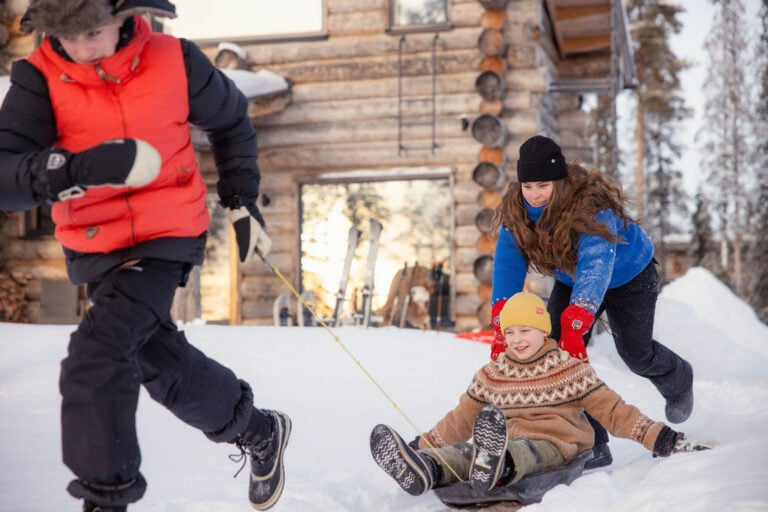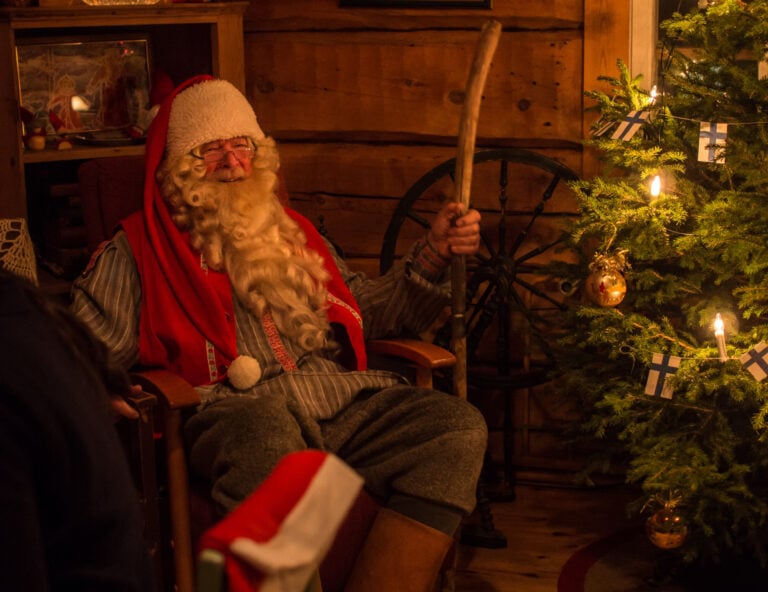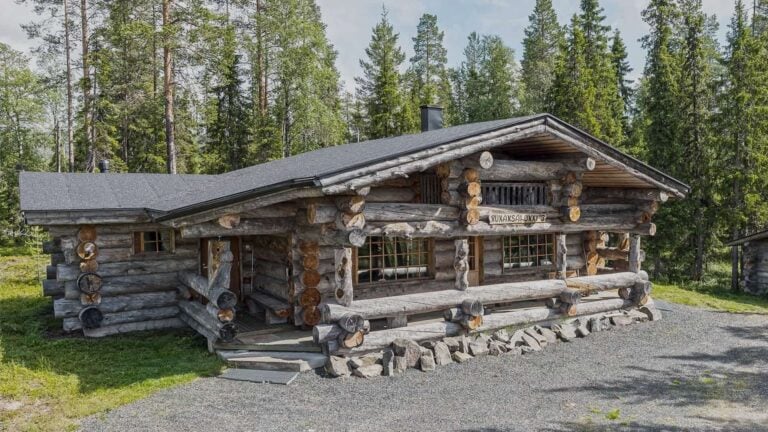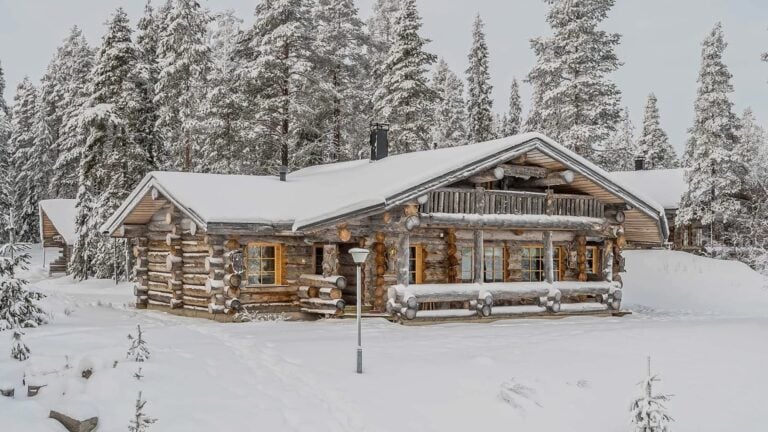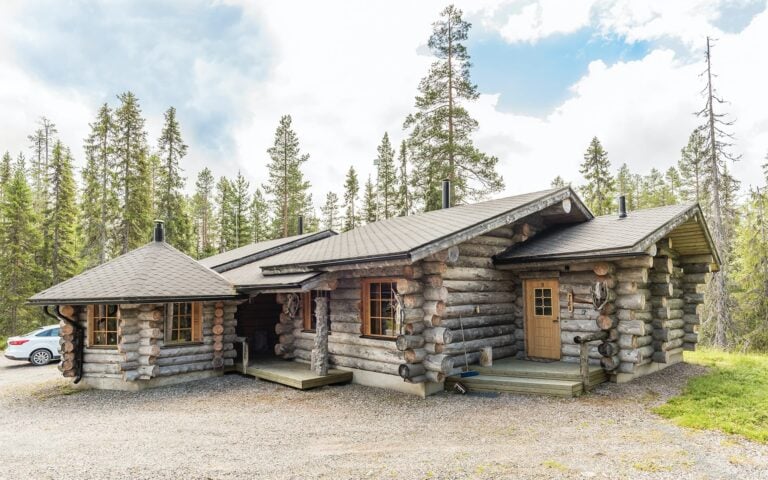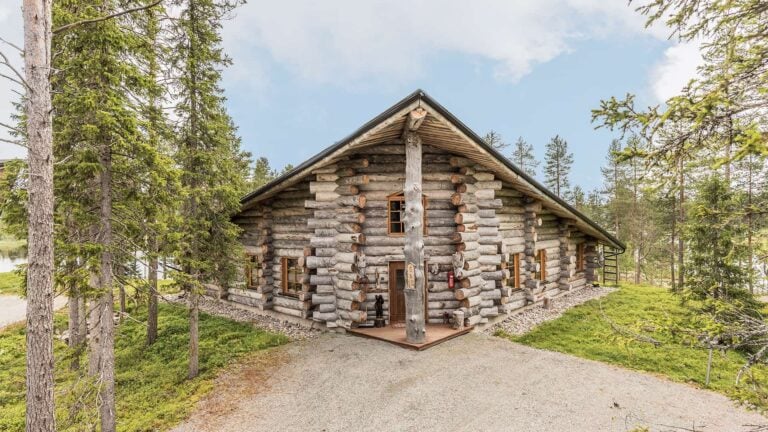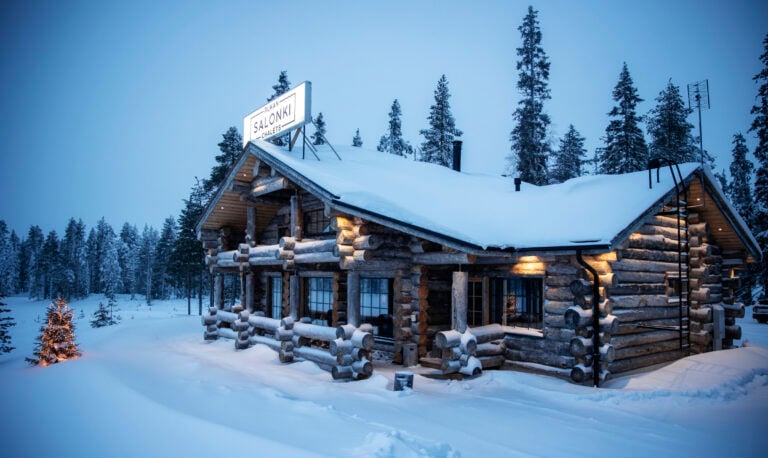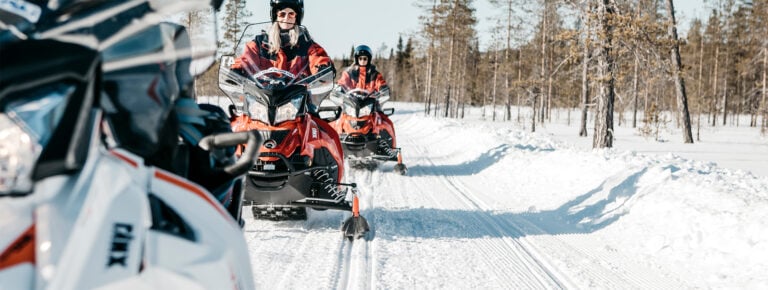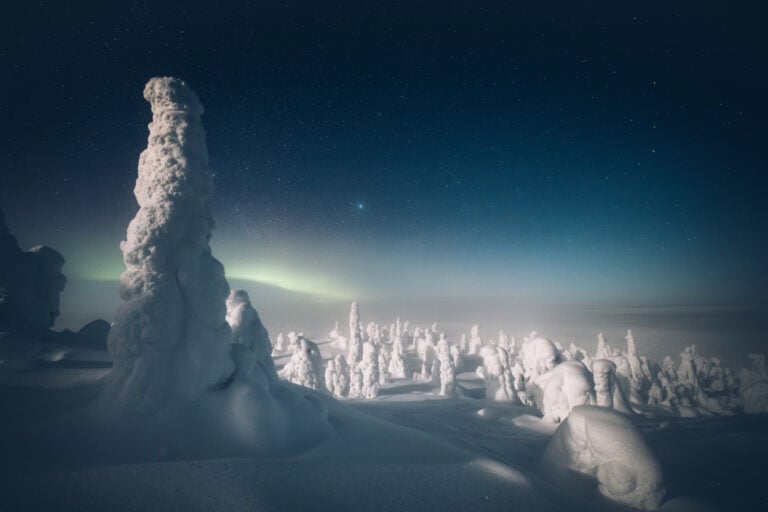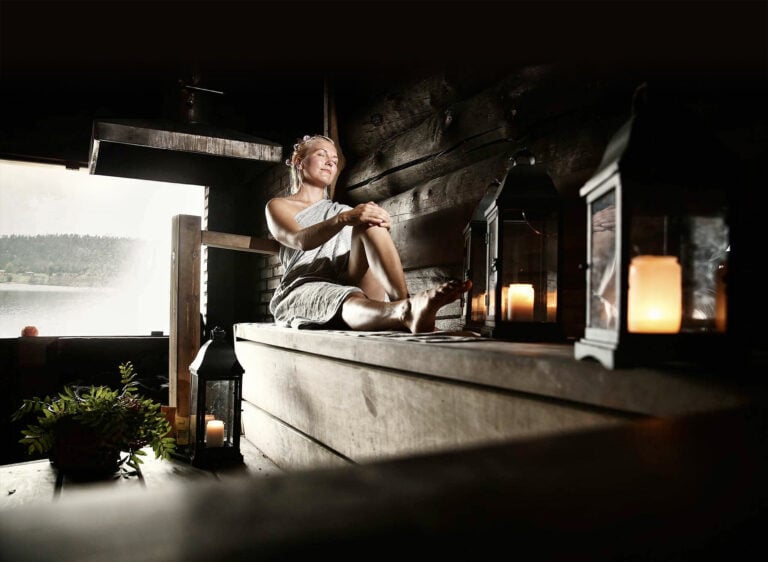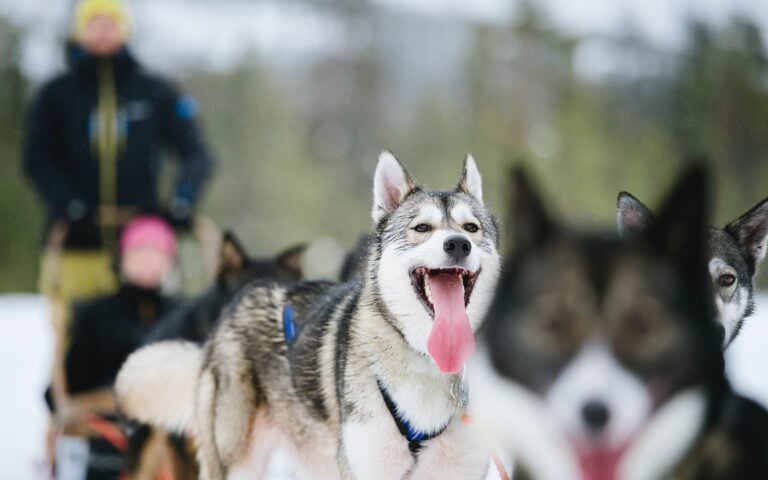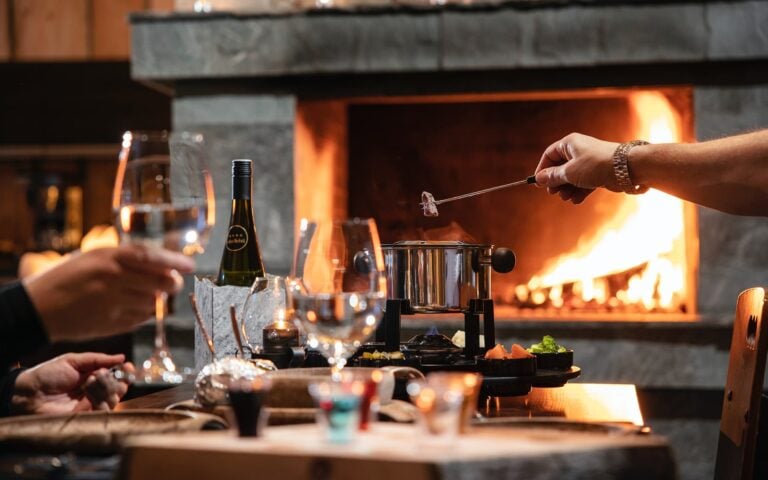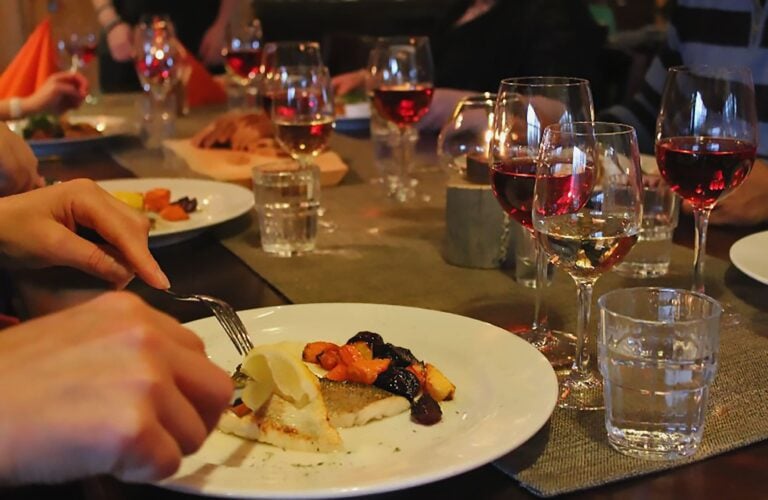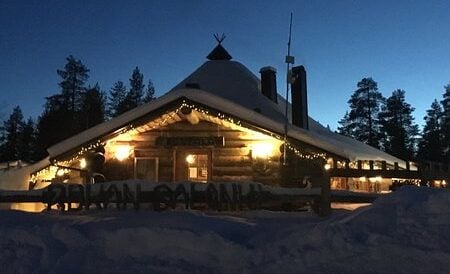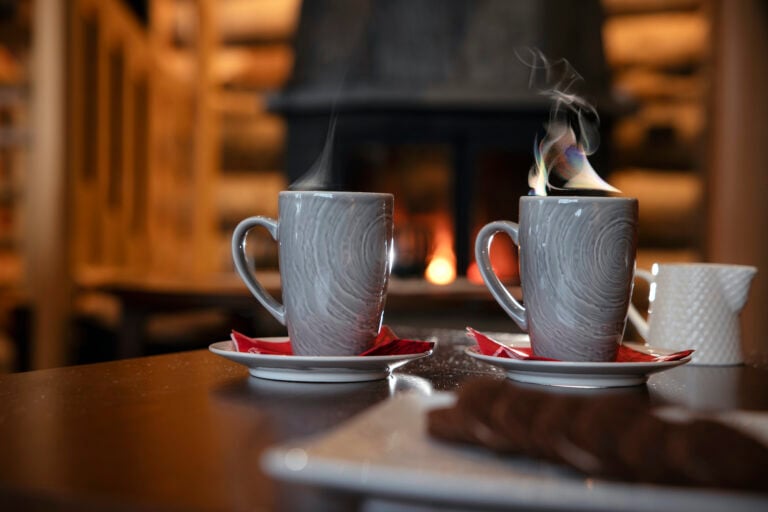What is the best month to go to Finland?
The best month to visit Finland depends on what you want to experience. Winter months (December to March) offer northern lights and snow activities, summer (June to August) brings the midnight sun and outdoor adventures, whilst shoulder seasons (April-May and September-November) provide quieter experiences with unique seasonal transitions. Your ideal timing aligns with whether you’re seeking winter magic, endless summer days, or peaceful moments between peak seasons.
What is the best month to go to Finland?
Finland’s best month varies significantly based on your travel preferences and desired experiences. The country transforms dramatically across seasons, each offering distinct advantages for different types of travellers.
Winter enthusiasts planning holiday packages to Finland typically choose December through March when snow blankets the landscape and northern lights dance across Arctic skies. This period delivers classic Lapland experiences, from snowmobiling through frozen forests to staying in cosy log cabins surrounded by pristine winter wilderness. The festive atmosphere in December adds special charm, whilst February and March offer longer daylight hours alongside reliable snow conditions.
Summer travellers favour June through August when Finland experiences the magical midnight sun phenomenon. These months provide ideal conditions for hiking, lake activities, and exploring Finland’s extensive national parks. Temperatures are comfortable, nature is at its most vibrant, and outdoor adventures extend into late evening thanks to nearly endless daylight in northern regions.
Budget-conscious visitors and those seeking authentic local experiences often choose shoulder seasons. Late April through May showcases spring’s awakening as landscapes melt and daylight rapidly increases. September through early November brings stunning autumn colours and marks the return of northern lights viewing opportunities. These transitional periods offer excellent value on accommodation and fewer crowds at popular attractions.
Families with school-aged children often coordinate visits with holiday breaks, whilst couples and solo travellers have more flexibility to choose optimal timing based on specific interests. Adventure seekers might prioritise winter for skiing and snowmobiling, nature photographers could target autumn for fall foliage, and those seeking relaxation might prefer summer’s gentle warmth.
What can you experience in Finland during different seasons?
Finland’s seasonal experiences vary dramatically, offering completely different adventures depending on when you visit. Each season reveals unique natural phenomena and activities that define the Finnish experience.
Winter transforms Finland into a snowy wonderland from December through March. The northern lights illuminate dark Arctic nights, creating unforgettable viewing opportunities in Lapland regions. Snow activities dominate this season, with opportunities for downhill and cross-country skiing, snowmobiling through frozen forests, and ice fishing on frozen lakes. We offer comprehensive holiday packages to Finland that combine cosy log cabin accommodation with exciting winter activities, allowing you to experience everything from husky sledding to snowshoe trekking. The landscape becomes a pristine white canvas, perfect for photography and peaceful nature immersion.
Summer brings the remarkable midnight sun phenomenon from June through August, particularly noticeable in northern Finland where the sun barely sets. This extended daylight enables hiking adventures that stretch into late evening, lake swimming in surprisingly pleasant waters, and canoeing through tranquil waterways. Finland’s extensive network of national parks becomes fully accessible, offering trails through ancient forests and along dramatic fells. Summer festivals celebrating music, culture, and traditional Finnish customs occur throughout the country, providing insight into local life.
Autumn paints Finland in spectacular colours from September through November. The ruska, as Finns call the fall foliage season, transforms forests into brilliant displays of red, orange, and gold. This season marks the return of northern lights viewing as darkness increases, offering photographers the chance to capture auroras against autumn landscapes. Hiking remains excellent with cooler temperatures and fewer insects, whilst berry and mushroom foraging becomes a popular activity in forests.
Spring arrives gradually from April through May, bringing dramatic landscape transformations as snow melts and nature awakens. Daylight increases rapidly, creating a sense of renewal and energy. Rivers and waterfalls swell with meltwater, creating impressive displays. Migratory birds return, making this an excellent season for wildlife watching. Whilst some activities transition between seasons, spring offers unique opportunities to witness Finland’s remarkable seasonal shift.
How does Finland’s weather vary throughout the year?
Finland’s weather patterns shift dramatically across seasons, requiring different preparation depending on your travel timing. Understanding these variations helps you pack appropriately and set realistic expectations for your visit.
Winter weather from December through March brings cold temperatures and short daylight hours, particularly in northern regions. Lapland experiences temperatures often dropping well below freezing, creating ideal conditions for snow activities and northern lights viewing. Proper winter clothing becomes essential, including insulated layers, waterproof outerwear, and quality boots. Despite the cold, Finnish accommodation and facilities are exceptionally well-heated, making indoor spaces comfortable. The darkness, whilst initially surprising to some visitors, creates the perfect backdrop for aurora viewing and enhances the cosy atmosphere of log cabin stays.
Spring weather from April through May varies considerably as Finland transitions from winter to summer. Early spring still features snow in northern regions, whilst southern areas begin warming. Temperatures gradually rise, and daylight increases dramatically, sometimes gaining several minutes daily. This transitional period can be unpredictable, with occasional snow showers mixed with sunny days. Layered clothing works best during spring visits, allowing you to adjust to changing conditions throughout the day.
Summer weather from June through August brings the warmest temperatures and longest days. Northern Finland experiences the midnight sun, whilst southern regions enjoy extended twilight periods. Temperatures are generally comfortable for outdoor activities, though they rarely reach extreme heat. Rain can occur, so packing a waterproof jacket remains advisable. The extended daylight profoundly affects the experience, allowing activities to continue late into the evening and creating a unique atmosphere that surprises many visitors.
Autumn weather from September through November sees temperatures gradually cooling and daylight decreasing. Early autumn can be pleasant for outdoor activities with comfortable temperatures and beautiful fall colours. As the season progresses, conditions become colder and wetter, particularly in November. Northern regions may see snow return by late autumn. This season requires versatile clothing that handles both mild days and chilly evenings.
When should you visit Finland for northern lights?
The optimal northern lights viewing window in Finland runs from September through March, with December through February offering peak opportunities. During these months, darkness hours are sufficient for aurora viewing, and clear winter nights provide ideal conditions for witnessing this natural phenomenon.
Northern lights visibility depends on several factors beyond simply visiting during winter months. Darkness is essential, which is why the viewing season begins in September when nights become sufficiently dark after summer’s midnight sun period. The auroras actually occur year-round, but they’re only visible when the sky is dark enough to see them. Winter months provide the longest darkness periods, increasing your chances of successful viewing.
Weather conditions significantly impact viewing opportunities. Clear skies are necessary to see northern lights, and cloud cover can obscure even strong aurora activity. Winter weather in Lapland tends towards clear, cold nights, which are perfect for viewing. However, weather remains unpredictable, so planning multiple nights increases your chances of experiencing at least one clear evening with aurora activity.
Location matters tremendously for northern lights viewing. Lapland regions, including areas around Ruka, offer excellent opportunities due to their northern position and low light pollution. We provide accommodation in locations specifically chosen for their aurora viewing potential, with dark skies away from urban light interference. Our log cabins offer the possibility of witnessing northern lights from your own terrace, though venturing slightly away from any settlement often provides the best viewing conditions.
Planning your northern lights visit requires realistic expectations. Whilst the phenomenon is common during winter months in northern Finland, it’s never guaranteed. Solar activity, weather conditions, and simple timing all play roles. Booking holiday packages to Finland that span several nights significantly improves your chances, as does choosing accommodation in optimal locations. Many visitors find that even without northern lights, the winter landscape and activities create memorable experiences, making the auroras a wonderful bonus rather than the sole focus of their journey.
What is the best time to visit Finland if you want fewer crowds?
Shoulder seasons from late April through May and September through early November offer the best opportunities for experiencing Finland without peak season crowds. These transitional periods provide access to most activities whilst delivering better value and more authentic interactions with locals.
Late spring (late April through May) sees winter activities winding down whilst summer experiences begin emerging. Northern regions still offer some snow-based activities early in this period, whilst southern Finland warms considerably. Tourist numbers remain lower than summer peaks, meaning popular attractions and accommodation options are more readily available. Prices for lodging typically drop compared to winter high season, making this an economical time for holiday packages to Finland. The rapidly increasing daylight creates an energising atmosphere, and witnessing spring’s arrival in Arctic regions provides unique experiences unavailable during other seasons.
Early autumn (September through early November) delivers spectacular fall colours without summer’s tourist numbers. The ruska season attracts some visitors, but crowds remain manageable compared to peak summer or winter periods. Northern lights viewing becomes possible again as darkness returns, offering opportunities to experience auroras without the extreme cold of deep winter. Hiking conditions are excellent with cooler temperatures and fewer insects, whilst most outdoor facilities remain open.
These shoulder seasons provide practical advantages beyond fewer crowds. Accommodation prices are generally lower, sometimes significantly so compared to peak periods. Restaurant reservations are easier to secure, and popular attractions rarely have queues. Local businesses have more time for genuine interactions with visitors, creating opportunities for authentic cultural exchanges. Tour operators and activity providers are less rushed, often resulting in more personalised experiences.
Understanding what to expect during shoulder seasons helps set appropriate expectations. Some facilities may have reduced hours or be closed for seasonal transitions. Weather can be more variable and occasionally challenging. However, for travellers who value peaceful experiences, authentic interactions, and better value, these transitional periods often provide the most rewarding visits. The trade-off between perfect weather guarantees and crowd-free exploration appeals particularly to experienced travellers seeking genuine connections with Finland’s landscapes and culture.





